Weathering
2018
Weathering is an exploration of tactility and materiality in an age of digitalisation and encoding.
Exploring the nature of our relationship with the material, Weathering contrasts the integration and embodiment provided by the physical world with the disembodying nature of the digital.
Focusing on marks of ageing as traces of embodiment, the book’s cover is a coated tracing paper printed with soy based ink, which leaves marks on the fingers of its readers. As the publication is explored, marks of interaction are left on the pages, creating a record of the book’s history.
Click the book to flip through.
Weathering was conceptualised, researched and designed as a final year capstone project for the Bachelor of Creative Intelligence and Innovation.

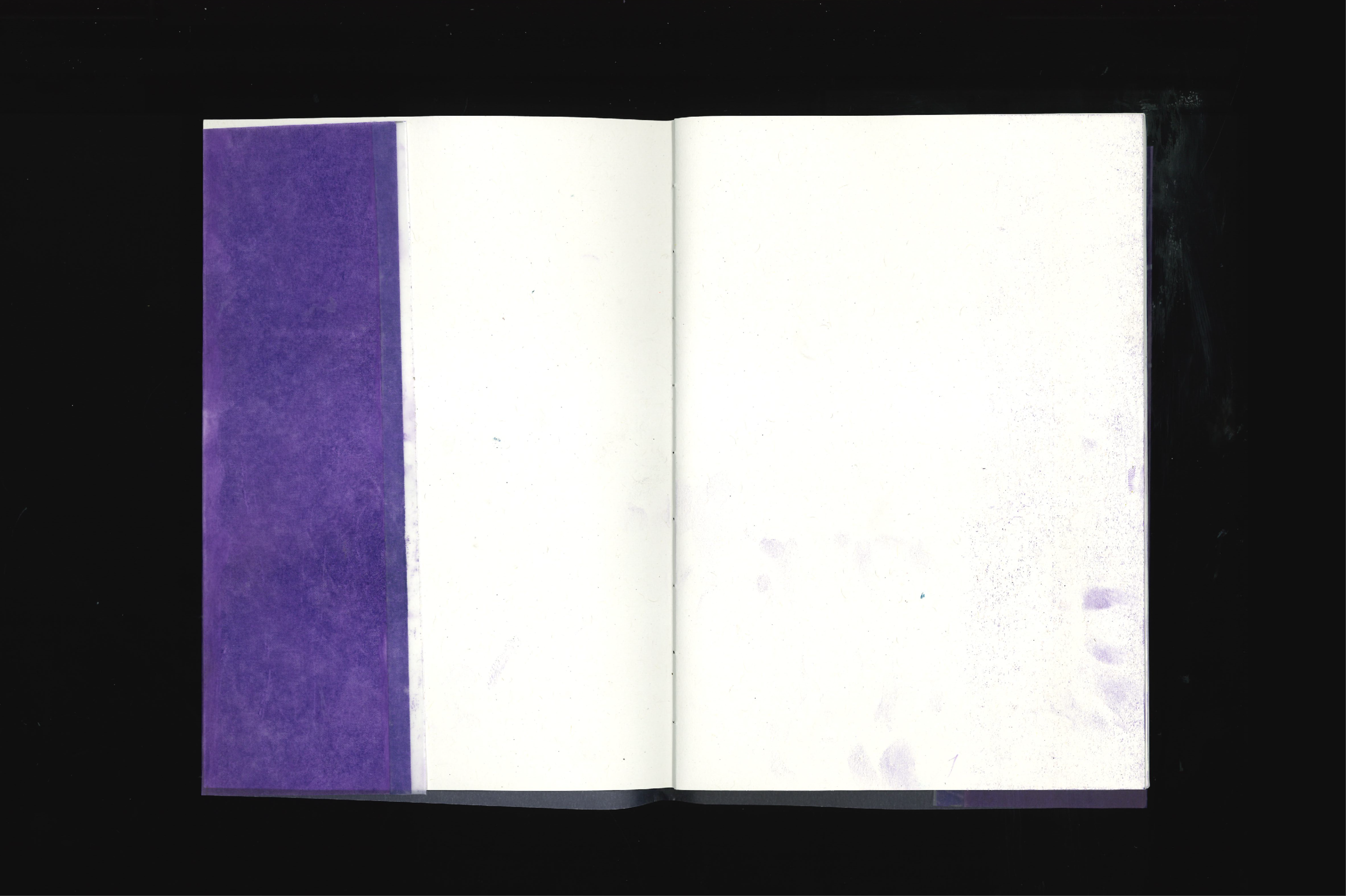


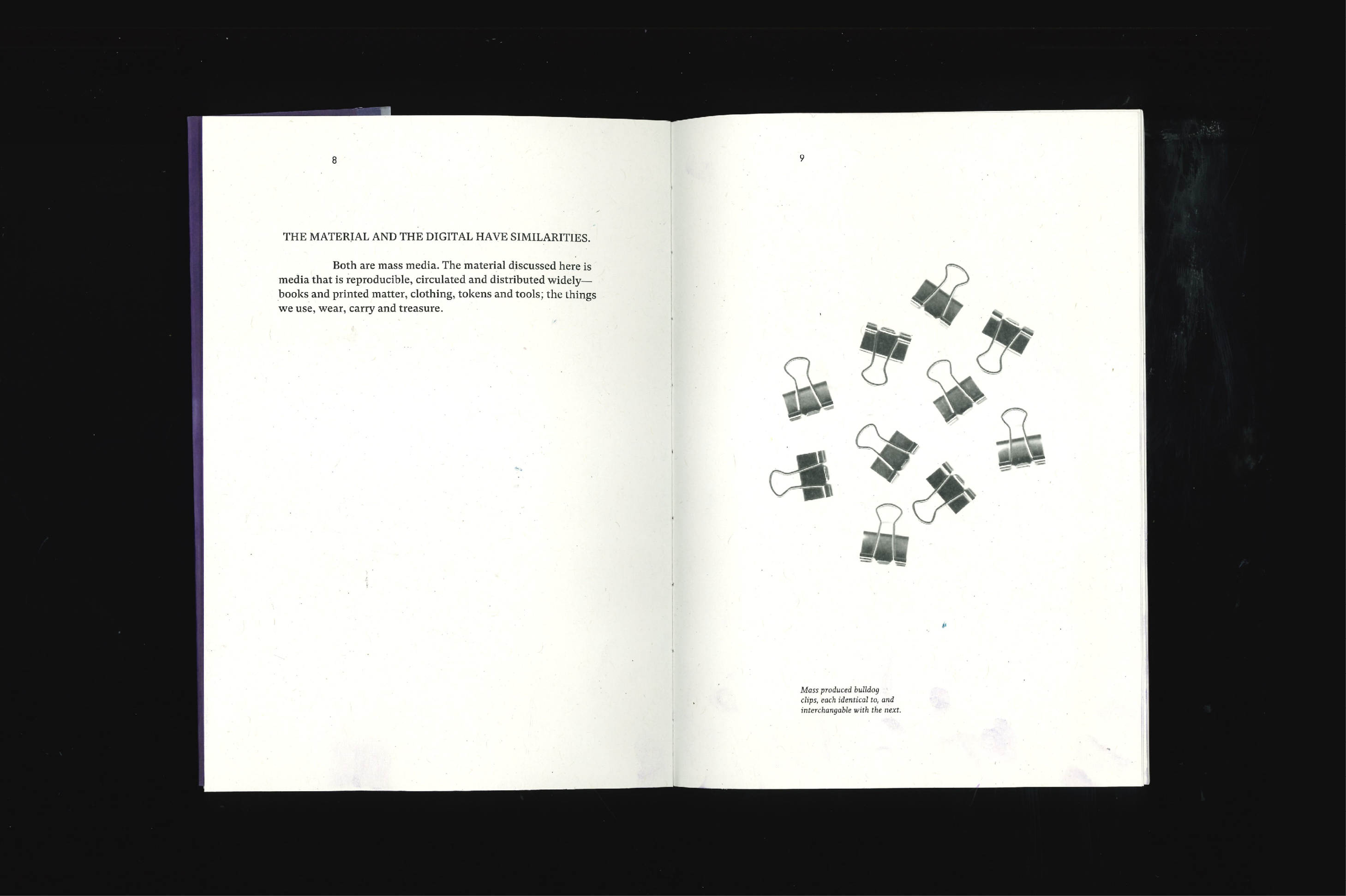
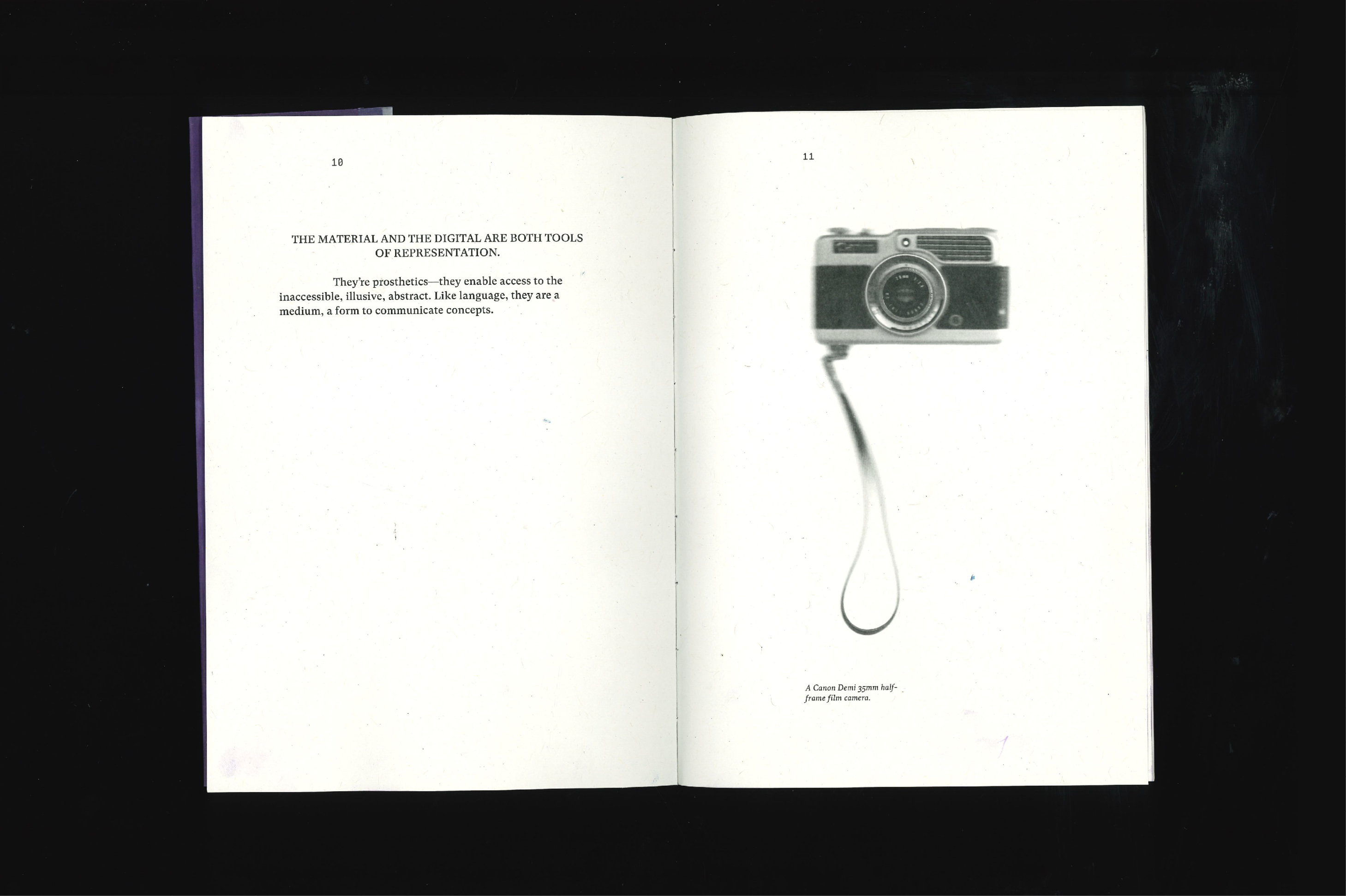




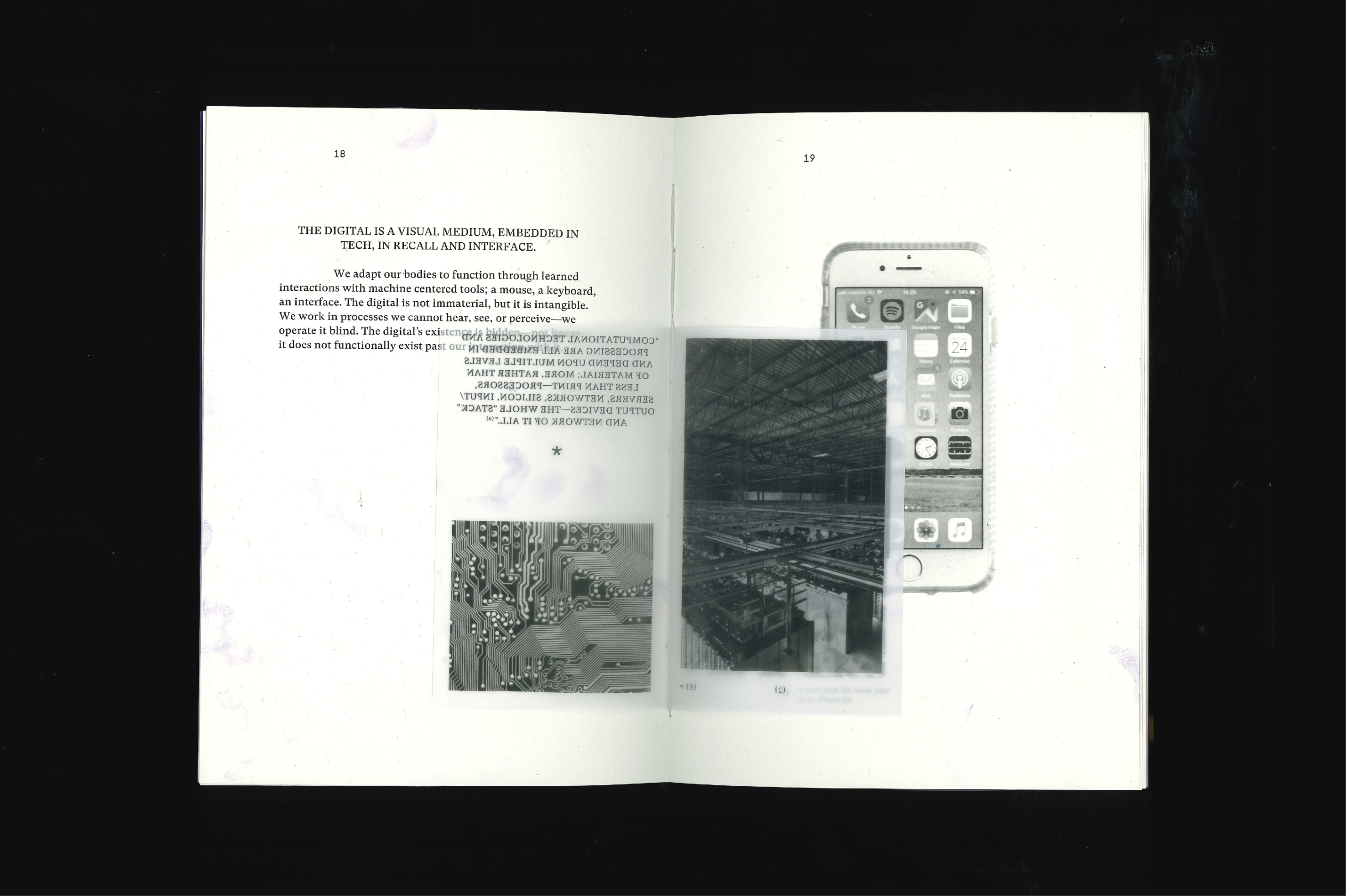


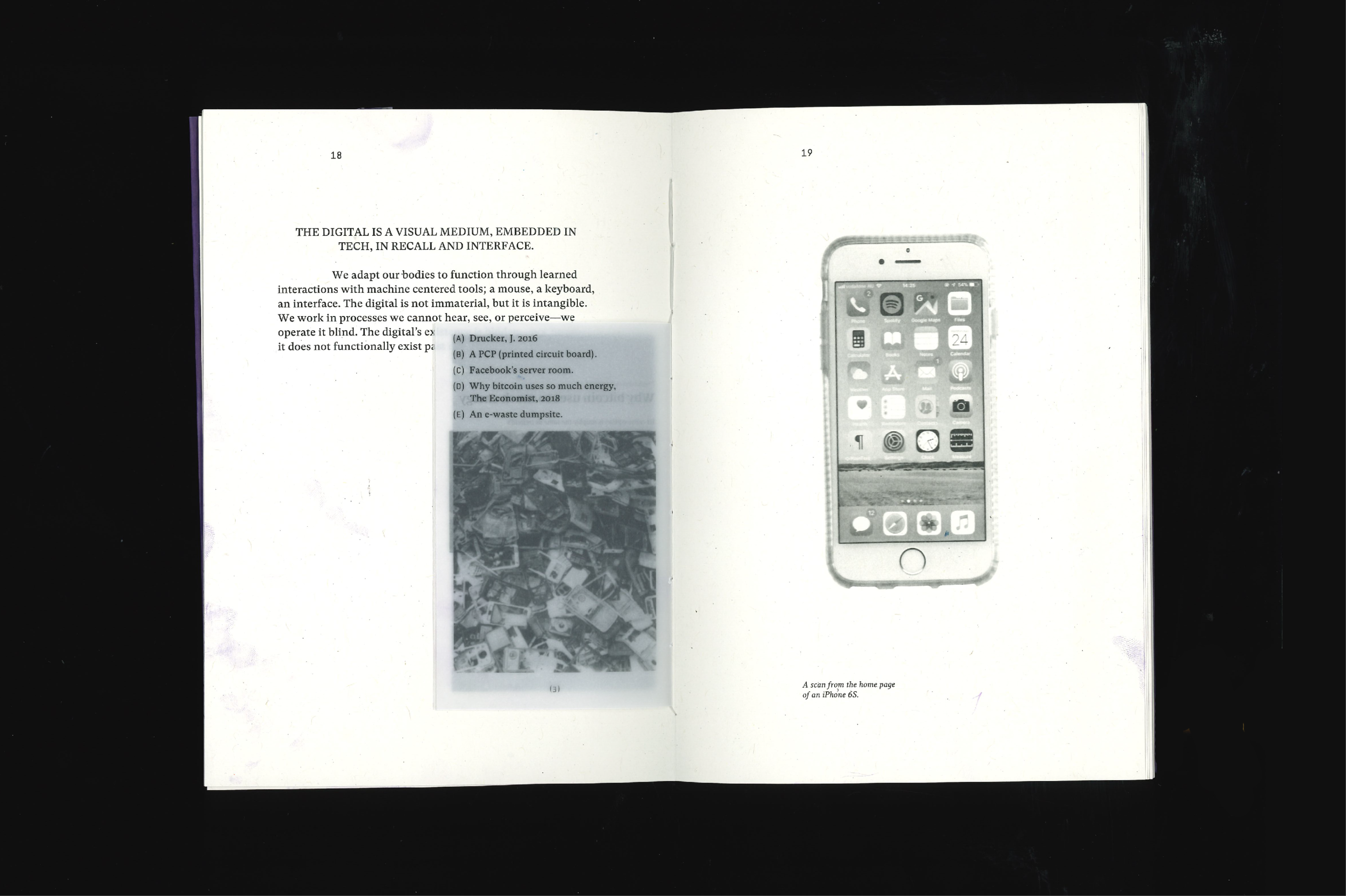



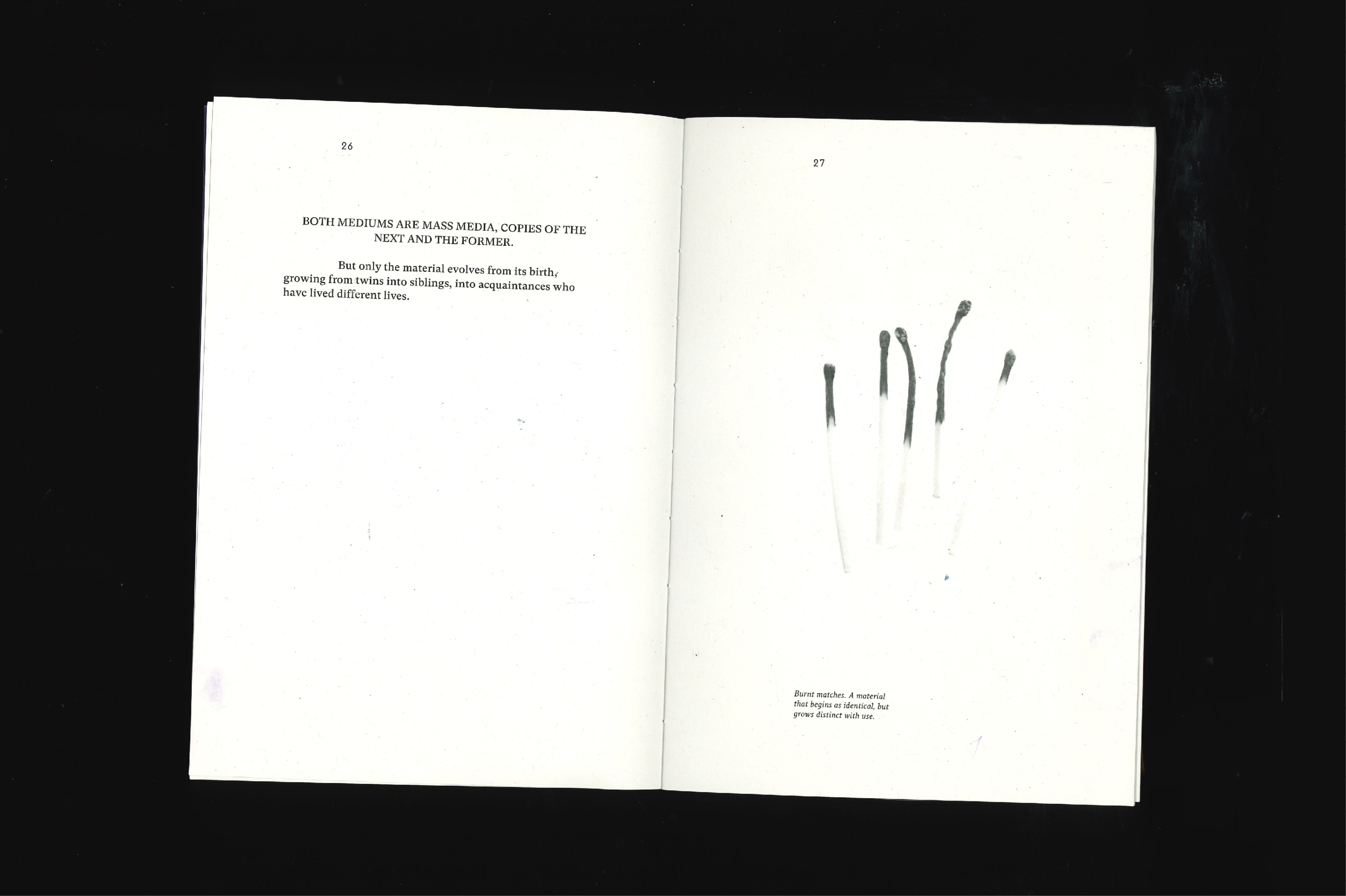








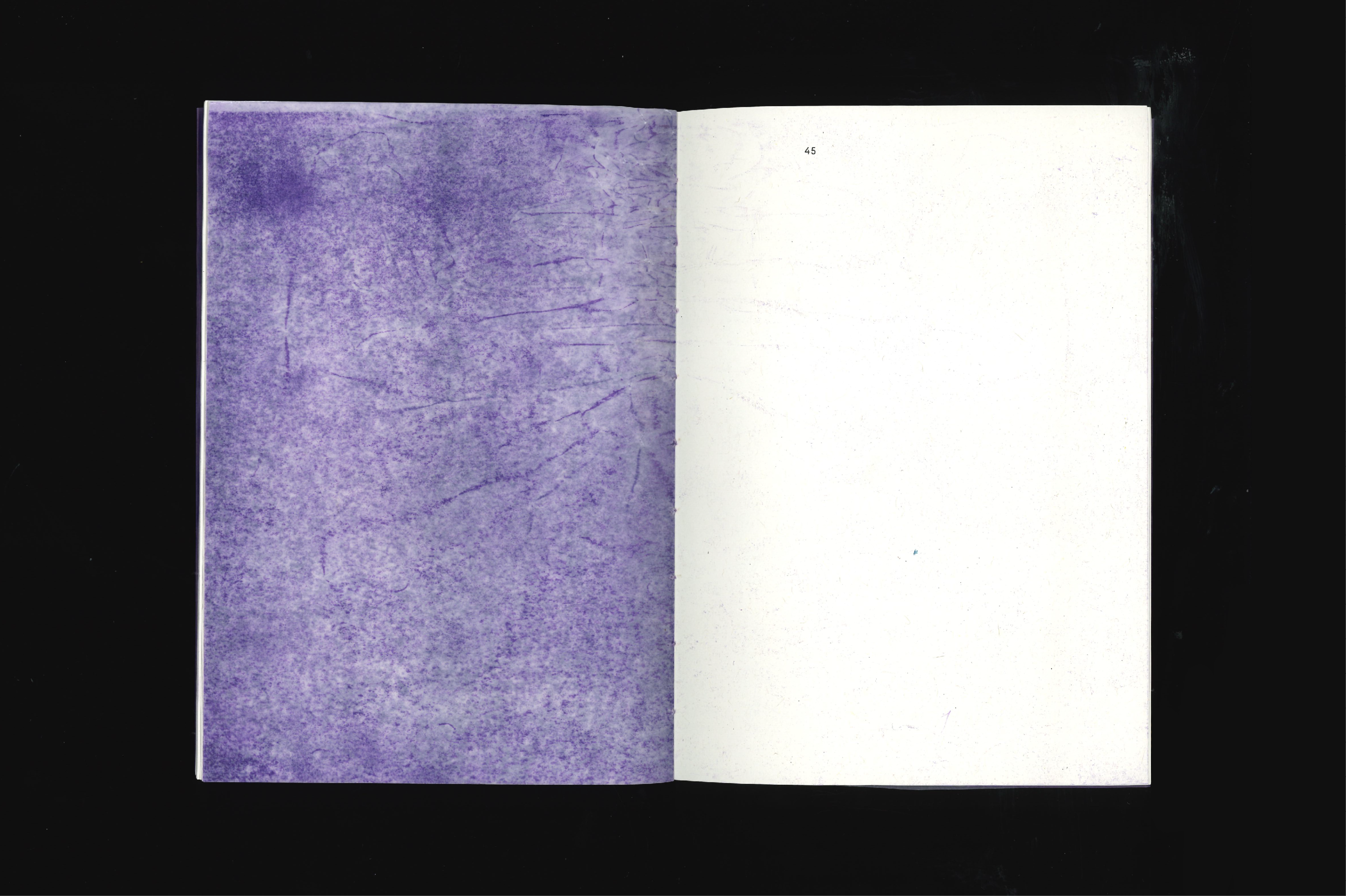


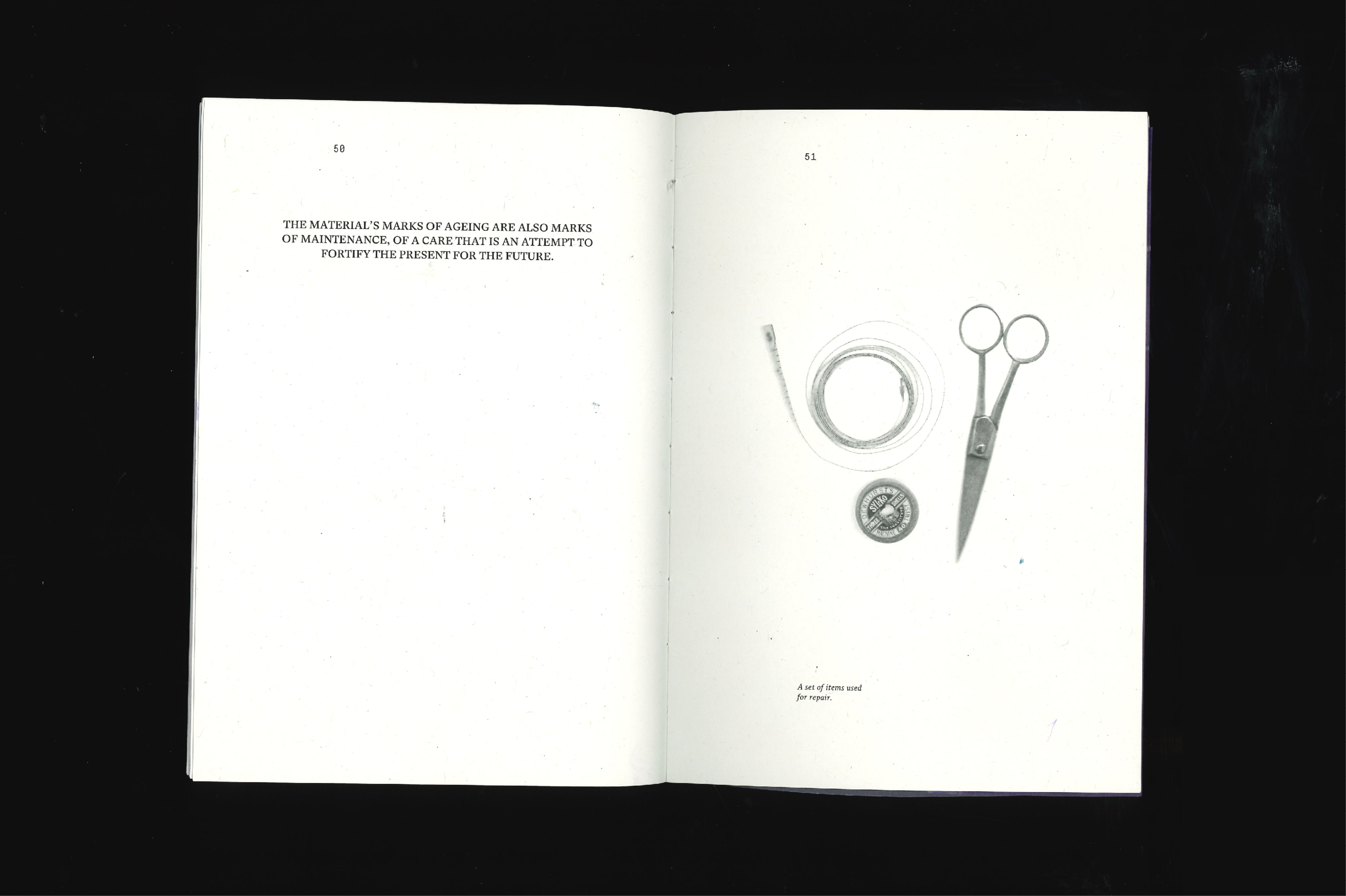





“The weathering old-fashioned book you've made unsettles very settled norms ... and speaks for the complex needs of body and soul. It makes something very beatuiful out of something manifestly, tangibly unstable, ephemeral.
Something profound is lost, when the world with which we engage most of our waking hours loses its depth, its tactility, its materiality, its mortality, its carnality, and becomes a simulacrum we encounter behind glass (the screen). What we gain in permanence and indelibility, in apparent "immortality," we lose, perhaps twofold, in our alienation from the object, in the abstraction of the real, in the digitisation and disembodiment of the object and of our relationship, its relationship with us.
We are beings who age and change and leave our marks on others; so are the objects, in particular those, like books and old satchels and fountain pens, we love best and which articulate our deepest selves.”
Comments from Australian poet, Mark Tredinnick.









Though the focus of my project was on the aging that leave its marks on the physical—the material—the digital goes through its own kind of decay. Images, hard drives, files and websites can all undergo ‘non-critical failures’ which leave their marks as degradation of the digital in different ways.
This video shows the decay of a jpeg image file. Jpegs are a compressed file, and become more compressed each time they’re saved. Intended for output to print but now popular to share on the web due to their small file size, jpegs decay in quality each time they are edited and saved. In this video, the image has been rotated 180 degrees and re-saved several hundred times, gradually showing more and more signs of ‘bit rot’.
This video shows the decay of a jpeg image file. Jpegs are a compressed file, and become more compressed each time they’re saved. Intended for output to print but now popular to share on the web due to their small file size, jpegs decay in quality each time they are edited and saved. In this video, the image has been rotated 180 degrees and re-saved several hundred times, gradually showing more and more signs of ‘bit rot’.